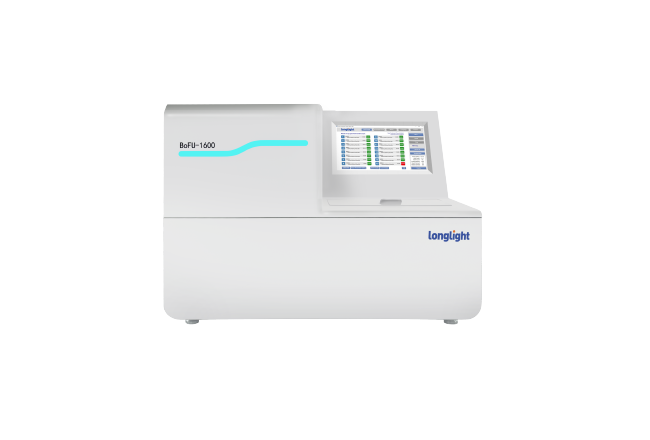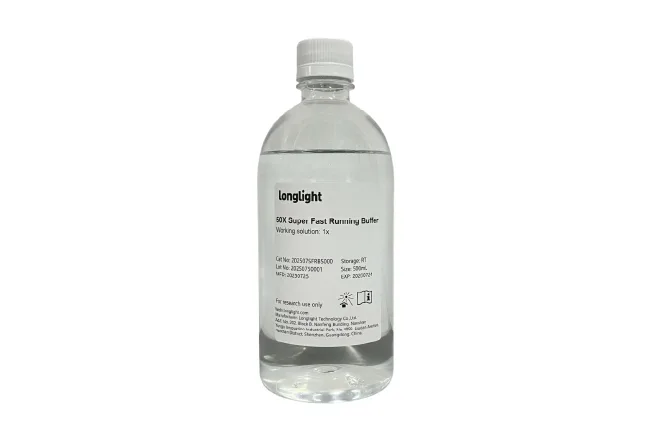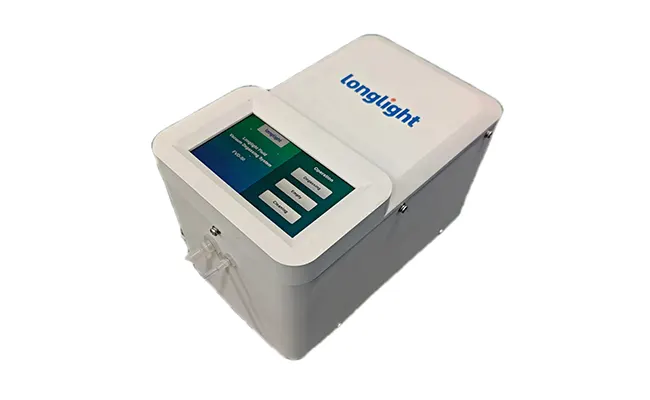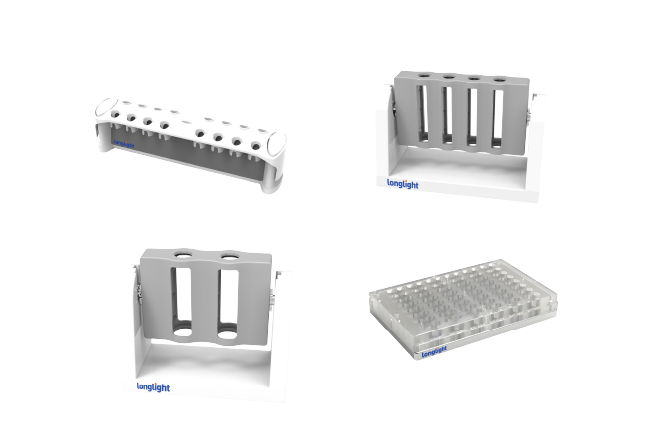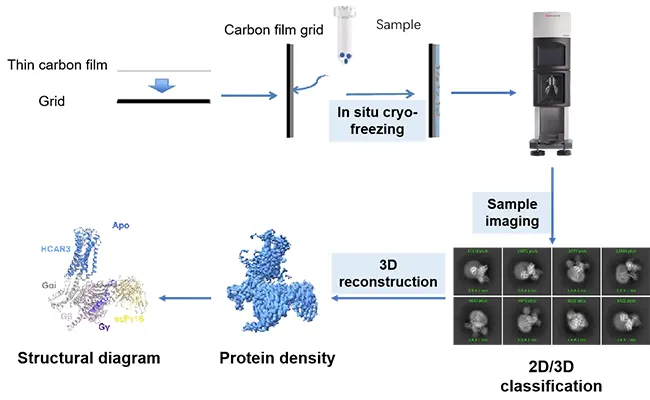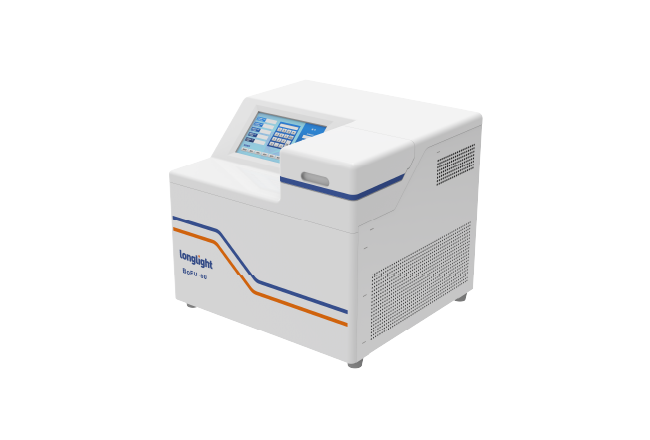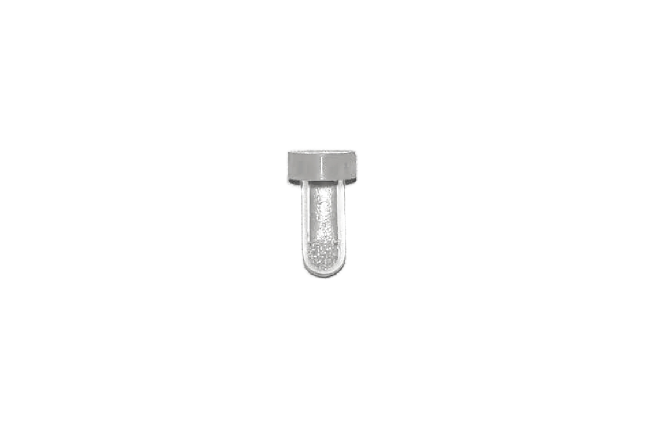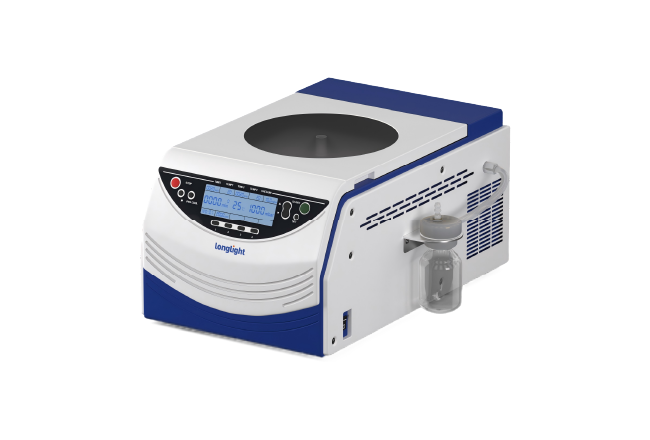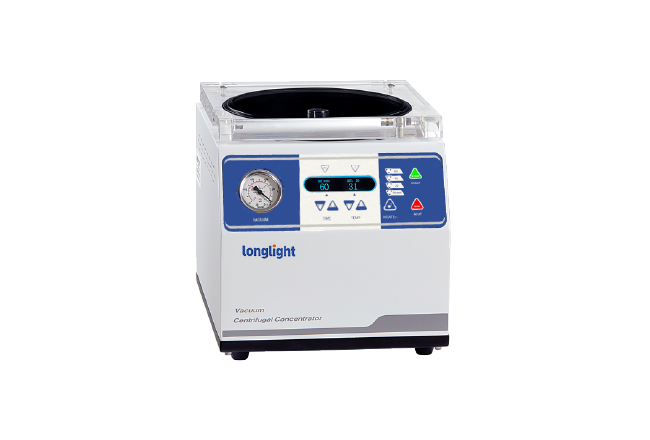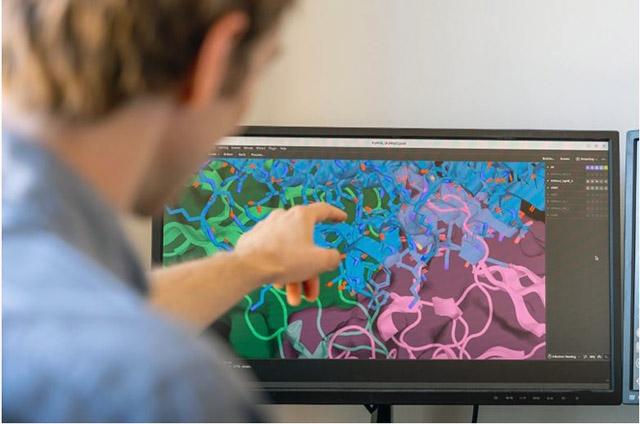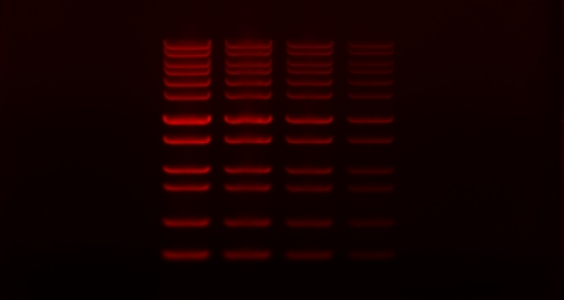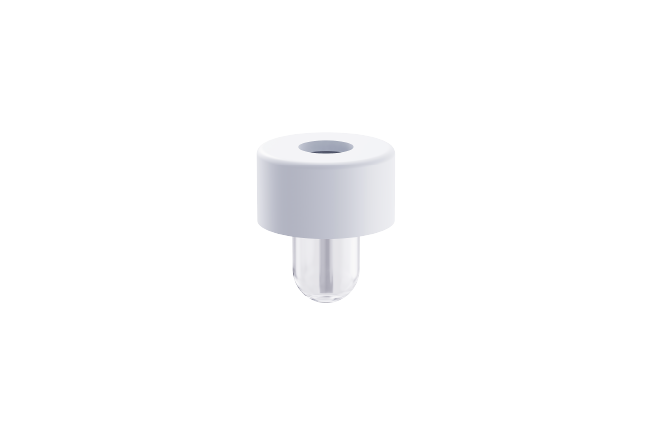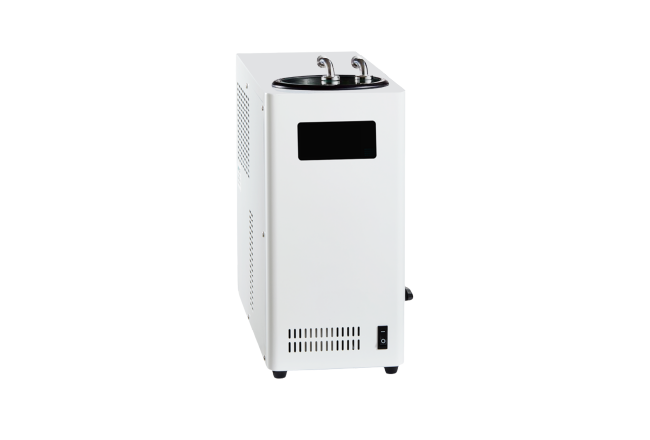関連記事
バイオテクノロジー企業のイメージングシステムがぼやけたサンプルイメージングを解決する方法
2025-10-27「イメージングシステム“?これらは、生物学的サンプル(ゲル、細胞、組織)をキャプチャ、照明、分析して、定量的で意思決定に即したデータを抽出する統合ハードウェア、つまりソフトウェアプラットフォームです。光学系、校正済み光源、センサー、自動化、分析ソフトウェアを組み合わせて、研究開発と診断に明確で再現性のある結果を提供します。イメージングシステムにおける有名な国際研究には、CT(Godfrey Hounsfield)、MRI(Paul LauterburとPeter Mansfield)、および超解像蛍光顕微鏡(Eric Betzig、Stefan W. Hell、William E. Moerner)が含まれます。バイオテクノロジー企業にとってのこれらのブレークスルーは、解像度、コントラスト、速度を向上させることで、現代の医療および分子イメージングを定義しました。

(超解像顕微鏡入門)
アプリケーションは分子診断に及びます。ゲノミクスおよびプロテオミクスワークフロー(核酸およびタンパク質ゲルの文書化)。蛍光標識およびマルチプレックスアッセイ。コロニーのイメージングとカウント;生細胞およびタイムラプス研究;組織病理学およびデジタル病理学;ハイコンテントスクリーニングと創薬。バイオプロセスにおけるQC/QA。バイオマーカーの検証;そして教育/訓練。イメージングシステムは、生の信号を信頼できる生物学的洞察に変えます。
バイオテクノロジー企業のイメージングシステムズは、自信を持って細部を明らかにする場合にのみ価値を生み出します。しかし、多くの研究室は依然として、ぼやけたバンド、薄暗い蛍光、一貫性のない日常的な結果と闘っています。Longlight Technology は、分子診断と分子生物学の未来志向のチーム向けに構築されており、3 回の再撮影後ではなく、最初のキャプチャで明確さを必要としています。以下は、ぼやけをなくすための実践的なアプローチと、Longlight Gel Imaging Systemが一か八かのワークフローにおいて信頼できるツールになった理由です。
ぼかしの実際のコスト (およびそれを削除する方法)
ぼやけた画像は不便以上のものです。それらは決定を遅らせ、試薬を燃やし、あなたの方法への信頼を損ないます。根本的な原因は、光学系の断片化、照明の不安定さ、取り扱い中の振動、単純な作業を複雑に感じさせるインターフェースなどが知られています。
Longlight は、画像パス自体を安定させることから始めます。当社の一体型、超透明、研究グレードの光学アセンブリは、アライメントドリフトを最小限に抑えます。超高解像度レンズと組み合わせると、かすかな帯域のコントラストが向上するため、存在量の少ないターゲットが背景に消えません。この変化は、初めてキャプチャしたときに明らかで、エッジがはっきりと見え、ジェルの微妙なグラデーションが色あせられるのではなく、そのまま残ります。
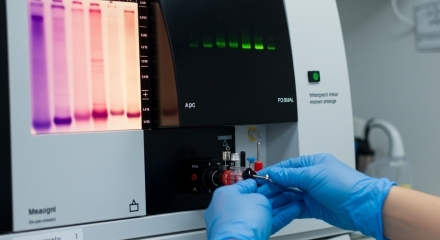
光は2番目の柱です。従来の電球は、色あせたり、スペクトルがずれたり、有用な波長を見逃したりする可能性があります。その不確実性を、長寿命で安定した出力を実現する3波長LED透過段に置き換えます。マルチチャンネルLED蛍光モジュールは、青色から赤色の蛍光にまたがっているため、ハードウェアを交換したり、露出を損なったりすることなく、より多くの蛍光標識サンプルを柔軟に画像化できます。つまり、このアーキテクチャを採用したバイオテクノロジー企業のイメージングシステムズは、より少ない労力でより幅広いラベリングパレットをサポートできます。
人的要因も重要です。大型のタッチスクリーンにより、日常的な作業がシンプルになります。自動サンプリングプラットフォームは、サンプル収集プラットフォーム上で目的の画像領域サイズを手動で選択した後、イメージンググレースケールキャリブレーションやその他の関連プロセスを自動的に実行できます。ゲルの取り扱いには、インテリジェントな接着剤切断機能が衝突リマインダーを提供し、保護パネルを使用しているため、器具を安全に観察して切断できます。このような小さな摩擦を取り除くと、ぼやけも一緒に消えます。
自動化、ガイダンス、再現性
優れたカメラでも、ワークフローに一貫性がないと失敗します。そのため、デバイスにガイダンスを組み込んでいます。インテリジェントな識別システムは、サンプルトレイの種類を自動的に認識し、キャプチャ手順を順を追って説明します。プロンプトは、露出の選択を標準化し、回避可能な再受験の可能性を減らします。時間の経過とともに、このガイダンスはオペレーターとセッション間のばらつきを狭め、規制された環境や長期にわたる研究に不可欠です。
私たちのソフトウェアがループを完了します。自動露出、オートフォーカス、画像補正をサポートしているため、必要に応じてワンクリックでセットアップからキャプチャに移行できます。チームは引き続き制御できますが、何も隠されていませんが、デフォルトは速度と再現性のために調整されています。実際には、バイオテクノロジー企業のイメージング システムズはハードウェア以上のものになります。それらは、データ品質を保護する信頼できるラボの習慣に変わります。

Longlight ゲル イメージング システムの内部には何が入っていますか?
- 高精細光学システム - 超高解像度レンズを備えた一体型研究グレードの光路。弱い信号帯域を捉え、以前は不明瞭に見えていた繊細なターゲットを明らかにします。
- 革新的な光源 - 3波長LED伝送ステージにより、寿命を延ばし、安定した電力を維持します。マルチチャンネル蛍光モジュールは、青から赤の蛍光をカバーし、より幅広いラベルサポートを実現します。
- 多彩な照明 - UV、ブルーライト、蛍光モードを1つのシステムに搭載。1台の機器で、変化するプロジェクト要件に適応します。
✅ より安全でスマートなゲルハンドリング
- 自動サンプリングプラットフォーム:手動の水平インアウト移動により、利便性が向上し、フレームがぼやける振動が軽減されます。
• インテリジェントな接着剤切断: 衝突リマインダーと保護パネルにより、観察と切断がより安全かつ制御されます。
✅ 合理化されたソフトウェアと制御
- 自社開発のイメージングソフトウェア:自動露出、オートフォーカス、エンハンスメントにより、手作業による試行錯誤が減り、処理がスピードアップします。
• トレイの識別とガイダンス: システムはトレイの種類を識別し、信頼できる結果を得るための段階的なプロンプトを提供します。
• タッチスクリーン インターフェイス: 大きくて直感的なディスプレイにより、トレーニング時間が短縮され、新規ユーザーがすぐに「公開可能」の品質に到達できるようになります。
今日のために構築‘のアッセイ、明日に向けて準備完了‘s ラベル
現代のバイオテクノロジー企業であるイメージングシステムは、複数の仕事をうまくこなさなければなりません。Longlightシリーズは、核酸イメージング、SDS-PAGEゲルイメージング、コロニーイメージング、蛍光標識実験をサポートしています。AMCA/Alexa Fluor 350/DyLight 350、Cy2/Alexa Fluor 488/DyLight 488、Cy3/Alexa Fluor 555/DyLight 550、Cy5/Alexa Fluor 647/DyLight 649など、分子生物学で一般的に使用されるマルチカラー蛍光標識と互換性があります。ラボでは、この幅広さにより、機器の切り替えが減り、標準的な操作手順がシンプルになります。
これらの選択は、それ自体のための機能に関するものではありません。これらは、定量化、レポート作成、そして最終的には意思決定など、下流のステップの整合性を保護することを目的としています。一貫した照明とガイド付きキャプチャにより、再実行が短縮され、時間が短縮されます。安定した光路により、気になるバンドのコントラストが保護されます。また、自動化により多忙なチームのプレッシャーが軽減されるため、誰がシフトにいるかによって結果が決まりません。
Longlightは、イメージングを取り巻くステップもサポートしています。当社の真空遠心濃縮器は、制御された温度下で溶媒を穏やかに除去し、一般的なフォーマット用のローターとコールドトラップが付属しています。イメージングはゲル内で何が起こっているかを示しますが、濃縮と前処理により、サンプルが良好な状態でそこに届くことが保証されます。これらのツールを組み合わせると、パイプラインがより予測可能になります。
- 現実世界で機能する理由
✅分子診断を行うラボでは、バッチ間で再現可能な画像が必要です。安定した LED とガイド付き露出設定により、一貫性が維持されます。
✅分子生物学グループは、存在量の少ないターゲットに対する感度を推し進めることがよくあります。光学設計により、ノイズを増幅することなく微弱な帯域が維持されます。
✅スタッフがローテーションするチームには、新規ユーザーが信頼できるシステムが必要です。タッチスクリーン制御とインテリジェントなトレイ認識により、初日からエラーが削減されます。
次回の実行で違いを確認
現在の設定であいまいなバンドや不均一な蛍光が表示される場合は、ぼやけの根本原因をターゲットにした変更を検討してください。Longlight Technology は、透明感を珍しいものではなく日常的にするためにゲル イメージング システムを設計しました。研究グレードの光路、多波長LEDの安定性、自動ハンドリング、内蔵ガイダンスなど、分子診断と分子生物学の現実に合わせて調整されています。
行動喚起: バイオテクノロジー企業のイメージングシステムをアップグレードする準備はできていますか?ライブデモを予約するには、Longlight Technology にお問い合わせください。高解像度の光学系、インテリジェントな照明、ワークフローの自動化を組み合わせて、不確実なゲルを一貫して安全かつ効率的に決定的なデータに変換する方法をご覧ください。


